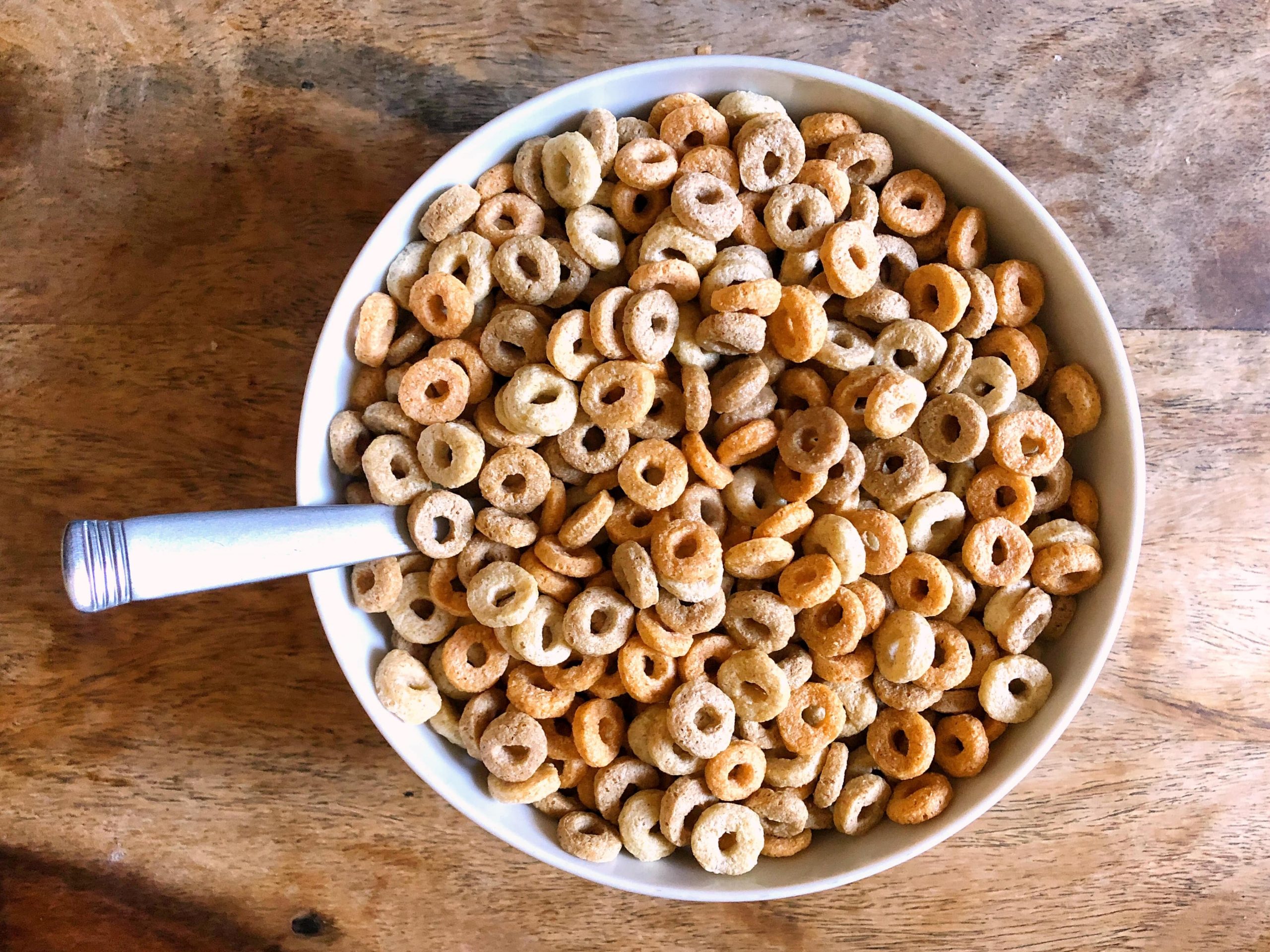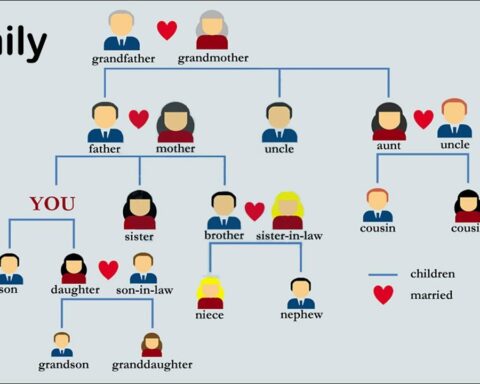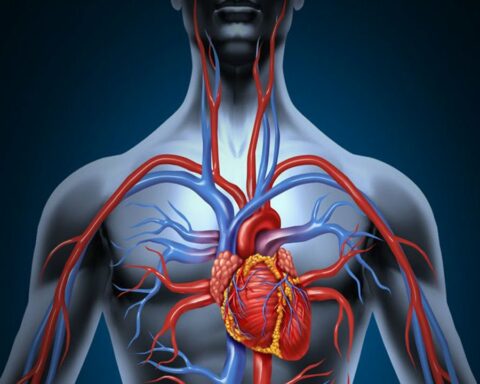In many American states and beyond, cheerios make a classic breakfast choice and its users believe that it is nutritious and an ideal part of a diet. Taking a closer look at what makes cheerios will help you informatively decide whether or not to continue taking cheerios.
Cheerios are a classic part of many Americans’ breakfasts, and their popularity has extended far and beyond. The great GMO enthusiast company Grain Mills markets cheerios as a healthy option, and many innocent people believe in these claims, taking even more of this breakfast cereal. However, a close look at this meal may shock and make your reconsider your choice. Studies have shown that cheerios are generally loaded with more carbs and less protein, making them a questionable option. Moreover, health concerns are now concerned that these products may be loaded with GMOs. Here is all you need to know about this iconic breakfast meal.
What do Cheerios’ marketers say about it?
Cheerios have become famous and have developed a great hype for more than half a century because of how they are marketed and the enthusiasts’ strategies. In marketing this breakfast cereal, Grain Mills claim that they are a healthy dietary component because they can cut off cholesterols, are naturally cholesterol-free, supply the body with nutrients and essential vitamins, and are made from whole grains such as oats.
Over the years, the public has been modeled and greatly influenced with the same perception, and many today believe that Cheerios are healthy. In fact, it is highly perceived that they are low in sugar, prepared from natural ingredients, and unprocessed. However, putting the claims aside and facing the reality, you might be. surprised at seeing the breakfast cereal’s breakdown. Let’s get down to it.
Are oats and natural grains the primary ingredients in Cheerios?
Since their introduction into the market in the 1950s, Cheerios have used the flavor, warmth, and taste of oats to win consumers. When it was first introduced, it was marketed as Cheerioats, and the name was changed much later. People got carried away with this oat association and the product fast popularized. However, when you analyze the twelve Cheerios flavors available in the U.S. marketplace, you may be shocked to know that seven of them don’t have oats as their top ingredients.
It is noteworthy that all the Cheerios flavors are prepared using whole grains, each of which is at least 8 g. However, the grains are ground into powders and you don’t expect them to have the same nutritional benefits as unprocessed grains. What’s more, looking at the Cheerios, you can clearly see that they neither take after oats or other whole grains even though the company claims that they only mix, cook, form, and toast the grains. Therefore, it would be better for Grain Mills to list ‘processed whole grains’ instead of ‘whole grains’ and face the truth.
Cheerios- the nutritional profile
In gauging how helpful any dietary component is to the body; health experts review the food’s or drink’s nutritional profile. Looking at the nutritional breakdown of Cheerios, it seems to be promising a lot to the body. They are packed with calories and fats, and also boast of vitamins and fiber lacking in conventional foods. For instance, trying the 28 g Plain Cheerios supply your body with 3 g fiber, 20 g carbs, 1 g sugar, 3 g protein, and 2 g fats. In addition, the package adds 45% and 25% of your RDI calcium and iron needs. It also has 10% to 25% of various vitamins, including A, B, C, D, and E.
The breakdown shows that Cheerios are high in carbs (20 g in the 28 g packet) but are quite low in fats, proteins, and calories. Therefore, it’s clear that depending on them alone does not make a wholesome meal and you need to add other foods to enjoy them. For example, you could do milk, such as the 2% milk whose 244 ml will give you an extra 8 g of protein, 122 calories, plus a boost for calcium, iron, and magnesium. Conversely, eating Cheerios alone is not healthy in the long run.
Taking Cheerios in moderation is good for kids
One of the reasons people love Cheerios is that they can give them to children, and this is true. Children of 8 months and above usually can eat solids, and if yours can, you could give him Cheerios. Provided you keep it moderate, Cheerios are great for the child and help fix whole grains into his diet. However, remember that Cheerios are made from processed grains and you need not rely on them as the primary source of grain. Instead, try featuring different foods, especially from the various food groups to ensure that your kid meets his dietary requirements.
How many flavors of Cheerios do Grain Mills produce?
When you check the Grain Mills website, you will notice that there are more than fifteen Cheerios flavors available and it’s up to you to settle for your favorite flavor. For instance, there are Plain, Multigrain, Honey Nut, Ancient Grain, Apple Cinnamon, Fruity, Yogurt Burst, and Frosted flavors. It’s good to check the ingredient list of your flavor of choice to be aware of what you are consuming. Most of these flavors are loaded with sugar so you need to reduce your sugar intake if you opt for the sugared flavors. Alternatively, you could just do the Plain Cheerios.
Why you may be worried about Cheerios
Despite the rich nutritional profile, you might be concerned about taking Cheerios because of several reasons, including the low protein content in the cereals because proteins are important for the cell structure, bone & muscle strength, and many other functions. Secondly, Grain Mills company is a GMO enthusiast and most of its raw products could be GMO-produced. Lastly, the cereals are packed with sugar and are made from highly processed grains, which could lead to unnecessary weight gain and lifestyle complications.
Conclusion
Cheerios form a classic part of many Americans’ diets and have extended to many parts of the world. Although they are marketed as healthy, you may be shocked to know that they could not really be healthy passe. These cereals are low in proteins and fats, are made from highly processed grains, and chances are that the grains are GMO-produced. However, you can take them moderately and incorporate other foods like milk to benefit from them. Because most of the flavors have high sugar content, you might decide to stick to the Plain Cheerios.
- Learn to Enjoy Self-care Routine - September 21, 2023
- Jonathan Aufray’s Story - July 29, 2023
- From Public Housing To Ivy League: The Inspiring Journey of Crystaltharrell.com and its Founder - June 7, 2023






